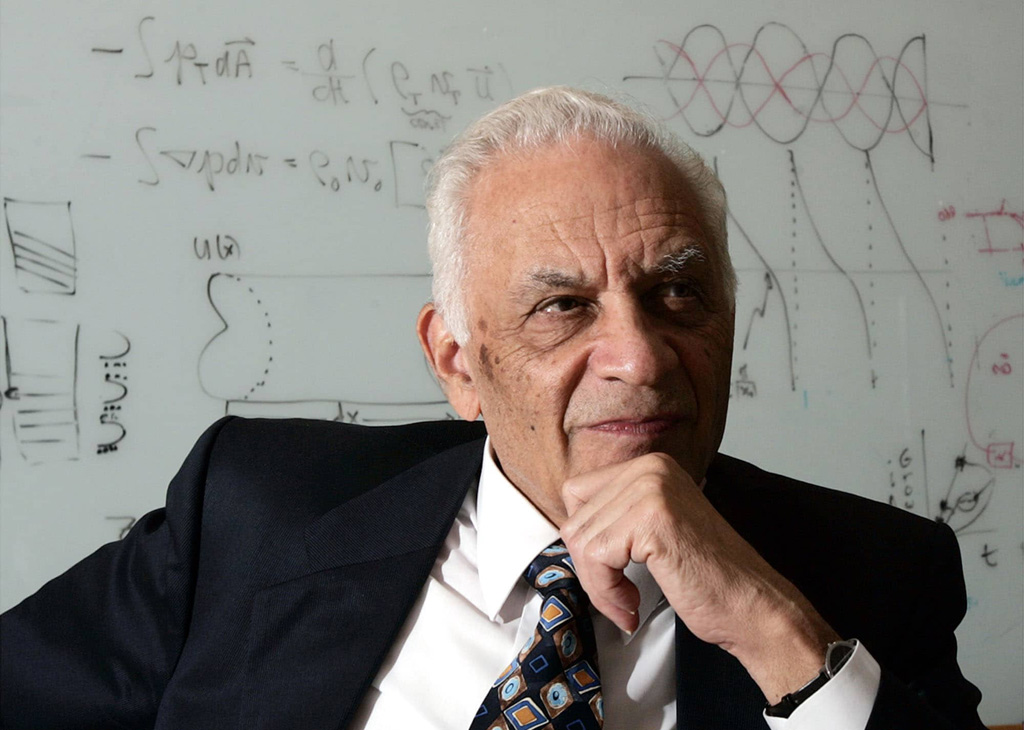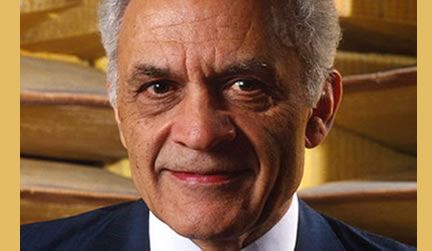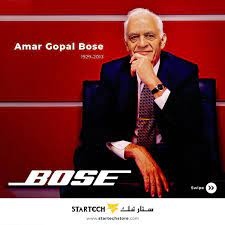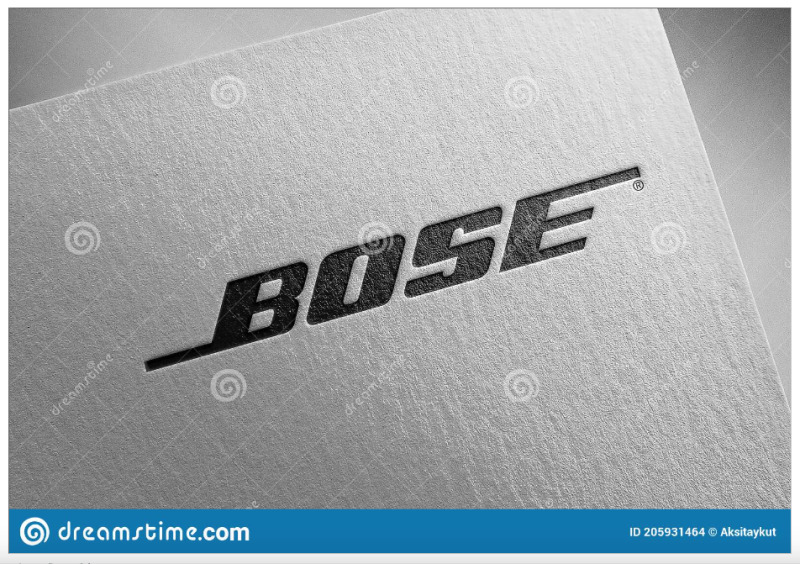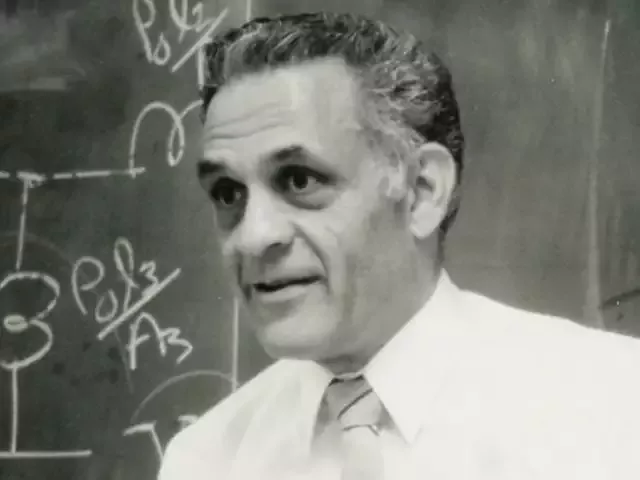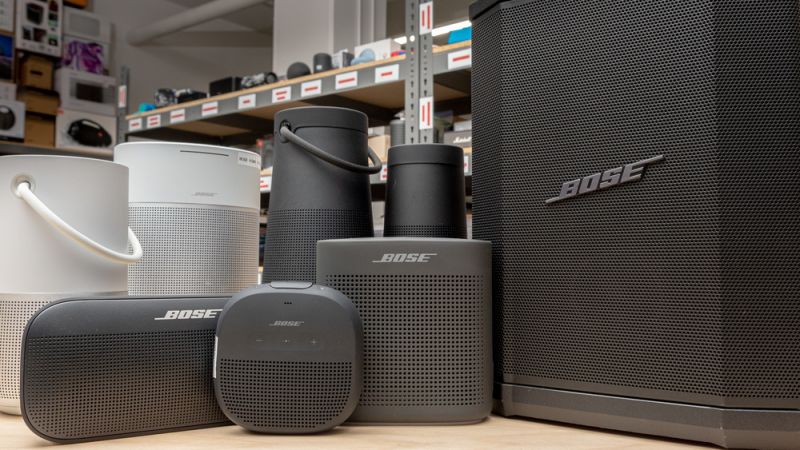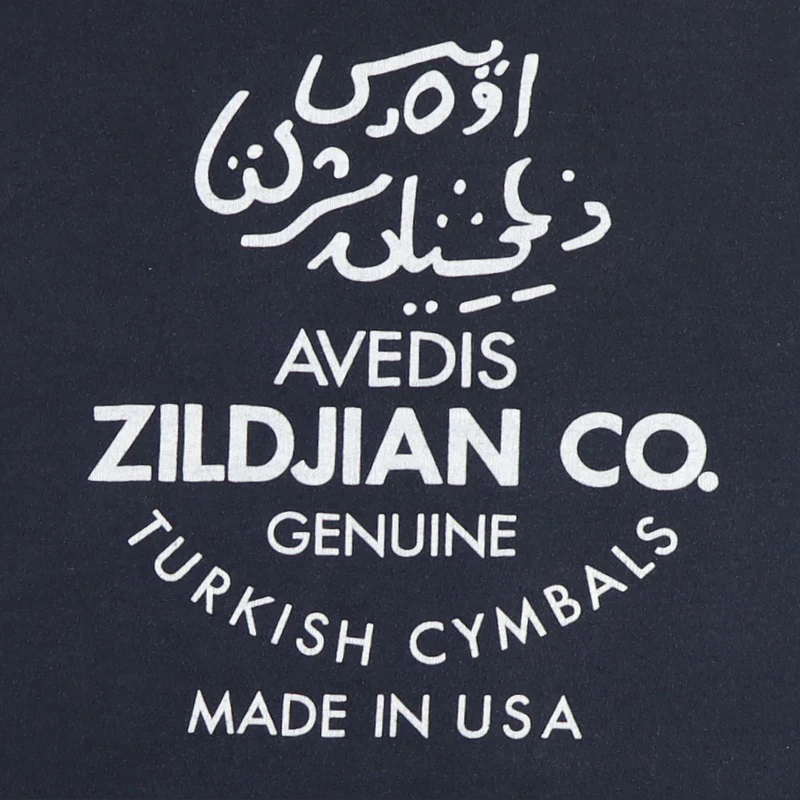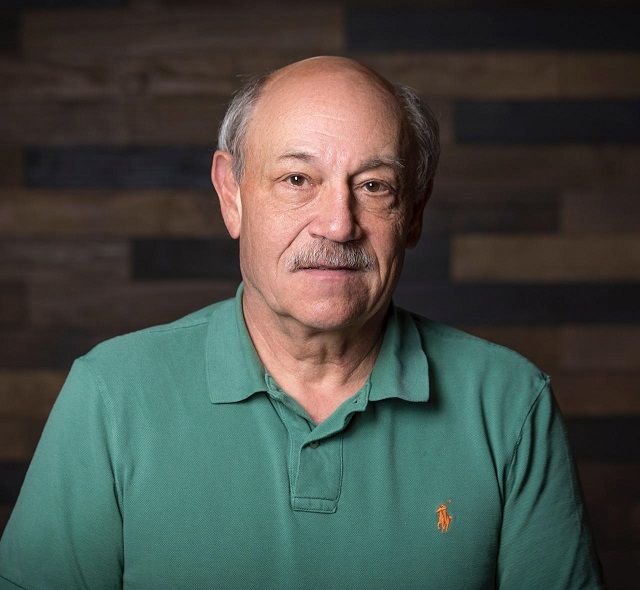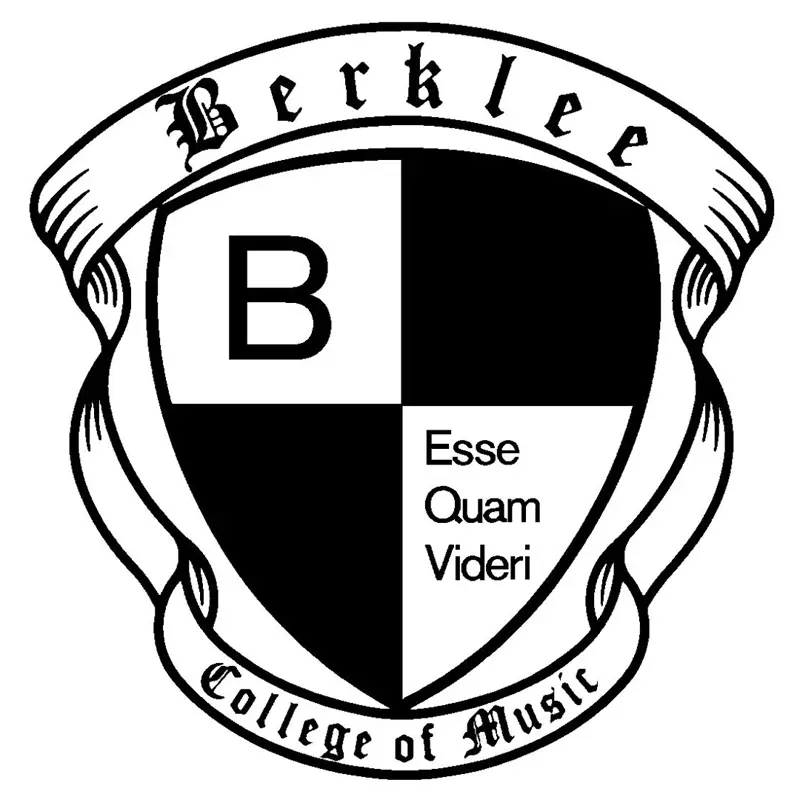Amar Bose & Bose Corporation
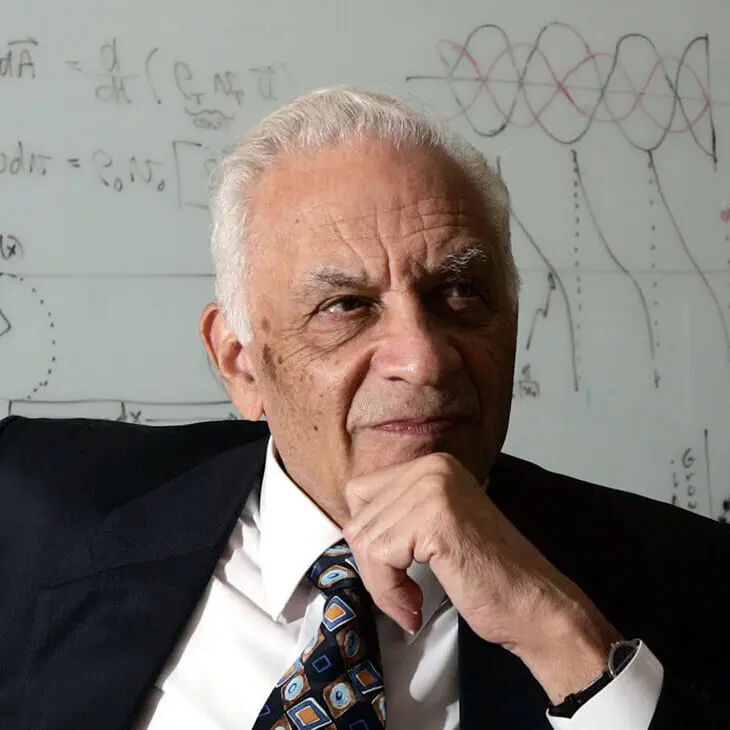
Ask any musician, audiophile or music lover what words they associate with Bose, and among the responses will be “quality,” “technology” and “design.” But the most common reply, in all likelihood – for a host of patently obvious reasons including a slew of actual patents – will be “innovation.”
Overview
As synonymous with cutting-edge audio technology as Nike is with sneakers, Bose Corporation has wowed the world for almost six decades with the originality of its trailblazing tech and – like other Boston-area music-related manufacturers Avedis Zildjian Company and Fishman Transducers – stands at the front of the pack in a highly competitive field.
And in tirelessly pioneering fresh ways for people to experience the sounds they love – whether at home, in a vehicle, in a theatre or even in outer space – the company has become the world’s most recognized audio brand by following its founder’s core message of creativity and improvement, as quoted on Bose’s official website: “Never lose your imagination. Always dream of things that are better and think about ways to reach those things.”
A privately held company with roughly 6,000 employees and 2022 revenues of approximately $4 billion, according to Forbes magazine, Bose was established in 1964 in Natick, Massachusetts, and its headquarters have been in Framingham since 1972.
Founder: Amar Gopal Bose
The company was founded by Amar Gopal Bose, who was born on November 2, 1929, in Philadelphia. His father, Noni Gopal Bose, was a physics student at Calcutta University and an Indian freedom revolutionary when he fled to the US in 1920 – on a boat, with no passport and $5 in his pocket – after being imprisoned by British colonial police for his political activities, and his American mother, Charlotte Mechlin, was a school teacher.
Bose studied violin from elementary school, developing an enduring appreciation for classical music, and his engineering and entrepreneurial skills were apparent at a young age. In 1942, when his father’s import business collapsed after the United States entered World War II, 13-year-old Bose began repairing electric toy trains and radios in the basement of his home to supplement his family’s limited income, posting advertisements for his services in local shops and department stores.
An exceptional student, after graduating from Abington Senior High School in 1947 Bose enrolled at Massachusetts Institute of Technology. In 1948, after he finished his freshman year, MIT awarded him a full scholarship and he went on to earn his BS and MS in electrical engineering before spending a year studying at Philips Natuurkundig Laboratorium in Eindhoven, Netherlands. In 1953, he started working at MIT’s world-renowned Research Laboratory of Electronics and in 1956 he earned his PhD in electrical engineering, writing his thesis on non-linear systems.
Disappointment in “Hi-Fi” Quality
After finishing his thesis, Bose was offered an assistant professorship at MIT, but before starting in that role he spent a year lecturing on statistical communication theory at the National Physical Laboratory in New Delhi on a Fulbright Fellowship. And what happened in the month or so before he left for India sparked what soon became his passion: He bought a stereo system – a “hi-fi,” to use the language of 1956, two years before stereo recordings became widely available – and was so utterly disappointed in the sound quality that he redesigned its electrical circuits from the bottom up, using mathematical calculations while testing the results on friends he invited to listen and comment.
MIT Professorship, Acoustics Focus, First Patents
In 1957, Bose joined the MIT faculty – where he was a professor until 2001 and won the Baker Teaching Award for the 1963/64 school year – and continued the acoustical research he’d begun the previous year, now being paid for his efforts. His focus on addressing the acoustical inferiority of the era’s high-end speaker systems led to his realization that 80% of the sound in a concert hall is indirect – meaning bounced off walls and ceilings before reaching listeners’ ears – and his invention of a speaker which could reproduce that dominant, reflected sound in a domestic setting, thus better replicating the acoustical and emotional impact of a live concert.
Bose was awarded a number of patents before founding Bose Corporation, after applying the principles of psychoacoustics – the study of how people perceive sound – to develop a revolutionary type of speaker that incorporated multiple small speakers within its housing, each aimed toward a surrounding surface (i.e., walls, ceiling), not directly at the listener.
Establishing Bose Corporation
In 1964, after considering the option of licensing his patents to established speaker makers, Bose decided to start his own company – with strong encouragement from MIT and start-up capital from angel investors – and his first employee (the only one for over a year) was one of his students at MIT, Sherwin Greenblatt, who served as president of Bose Corporation from 1980-2000. For the next several years, Bose and Greenblatt’s main business was developing power-regulating systems for the US military and other government agencies while they spent most of their off-hours developing speakers.
First Consumer Speaker, 901, 301 Direct/Reflecting Speakers
In 1966, Bose introduced its first speaker for the consumer market, the 2201, which consisted of 22 five-inch drivers and was designed to be placed in the corner of a room. Despite its superb sound, it was a commercial flop due its high price and the then-unknown company’s lack of a marketing department, making it obvious that all future products – no matter how innovative – must be designed with real-world commercial factors in mind.
In 1968, the company proved it had learned that lesson in spades with the introduction of the 901 Direct/Reflecting speaker system, which firmly established his company as a leader in the home-audio market – practically overnight – and became one of its flagship products, a top seller for almost three decades. In 1975, the bookshelf-sized 301 Direct/Reflecting speaker – much smaller and more affordable than the 901 – became the best-selling speaker in the world and it remains one of the most popular to this day.
Professional Division, 800 Portable PA, Active Equalizer
In 1972, after noticing that professional musicians were using 901s for PA systems and onstage monitors, Bose established a Professional Division, its first products being the 800 portable PA system and 800 Active Equalizer. The division provided equipment for the 1988 and 1992 Winter Olympics, installed the systems currently used in the Boston Harbor Hotel and Citizen’s Bank Opera House (formerly the Boston Opera House) and has made major technological advancements in its development of projects that span the globe.
Globalization, Move to Framingham, Stow
Also in 1972, in partnership with the German audio retailer Bad Homburg, Bose began its globalization. Also that year, the company moved from Natick to its current site in Framingham – a gleaming glass structure located on a hill at 100 The Mountain Road – and today it designs systems there and at its offices in Purmerend, Netherlands, and Shanghai, China, with an annual R&D budget of around $100 million. In 2004, Bose bought a site in Stow, Massachusetts, for its automotive and marketing divisions, but left in 2021 and restationed its roughly 1,500 Stow-based employees at its Framingham headquarters.
Expanded Product Line, Modeler Sound System Software
Over the past five decades, Bose has expanded dramatically from its origins as a speaker maker by developing, among other products, its Wave radio, VideoWave entertainment system, noise-cancelling headphones, combat-vehicle and tactical headsets and line-array systems for concerts.
In the 1980s, the company launched its Modeler sound system software, a 3D modeling program which helps designers and engineers simulate sound from any seat in an indoor or outdoor space (before the space is even built) and was used in designing systems for the Sistine Chapel, Staples Center in Los Angeles and the Masjid al-Haram, the grand mosque in Mecca. Bose products have been used by the US Air Force and NASA, and since 2014 the company has been the official supplier of headphones and headsets to the National Football League.
Automotive, Airline Sector Success
Since the early 1980s, business analysts have cited Bose’s enormous success in the automotive sector as a particularly strong example of how deftly the company has combined superb engineering with bold entrepreneurship. Since spending over $13 million on automotive-audio R&D before selling its first actual system (in 1983, to GM’s Cadillac division), the company has established a powerful presence in the sector and currently supplies audio to over 15 automakers including Mercedes-Benz, Porsche, Acura, Nissan, Mazda, Audi and Cadillac. In 1986, Bose’s foothold in the airline sector soared when the Rutan Voyager’s pilots wore the company’s noise-reducing headsets on the first non-stop, non-refueled, around-the-world flight.
Amar Bose’s Net Worth, Accolades, Awards
In 2007, Bose was listed in Forbes 400 as the 271st richest man in the world with a net worth of $1.8 billion and in 2011 – when he donated a majority of his non-voting shares in Bose to MIT – he appeared on the list again with a net worth of $1 billion. Bose specified that the shares donated to MIT were to be used to maintain and expand the university’s educational and research programs.
Bose received a number of accolades and awards during his time at the helm of the company he founded, including an honorary doctorate from Berklee College of Music (1994), induction into the National Inventors Hall of Fame (2008), being listed as #9 in the MIT150 of significant innovators, inventions or ideas among MIT faculty and alumni (2011) and a Beryllium Lifetime Achievement Award from the Association of Loudspeaker Manufacturing & Acoustics (2014, posthumously).
Death, Legacy, Current CEO
On July 12, 2013, Bose died at age 83 in Wayland, Massachusetts, and newly appointed Bose CEO Bob Maresca issued a statement saying that his “guiding principles” were “centered on research and innovation” and that such focus “has never changed, and never will” within the company. Bose Corporation’s current CEO, Lila Snyder, took the position in September 2020, the first female to be in that role at the company. She earned her master’s and PhD in mechanical engineering from MIT and was president of global e-commerce at Pitney Bowes before joining Bose.
Comments on Keeping Bose Private, Innovation, Intuition
Asked in a 2004 interview with Popular Science why he never took his company public, Bose explained that keeping it privately held allowed him to pursue long-term research that most investors and business-school graduates would consider far too risky. “I would have been fired 100 times at a company run by MBAs,” he said. “But I never went into business to make money. I went into business so that I could do interesting things that hadn’t been done before.”
Asked in the same interview about his reputation for relentless innovation, he said most of his original ideas come “in a flash” and are not nearly as based in science as most people probably imagine. “These innovations are not the result of rational thought,” he said. “It’s an intuitive idea.”
(by D.S. Monahan)

